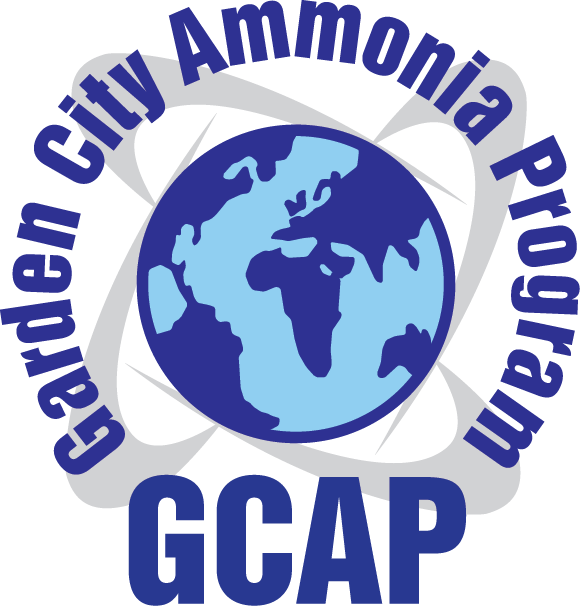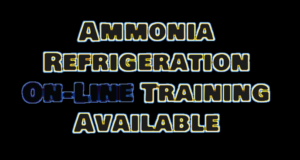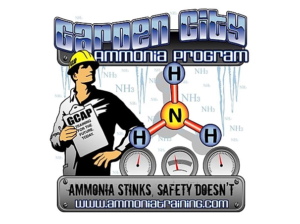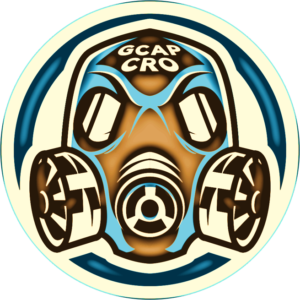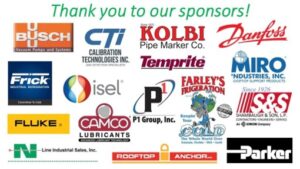Palmer Interpretation Letter
by Jeremy Williams on Aug.30, 2013, under News
Hydrostatic Trapping?
OSHA and the IIAR have not seen eye to eye on the issue of Hydrostatic trapping since 2006 when OSHA issued the Palmer interpretation letter which said the following:
If a liquid expansion hazard exists and the only safeguard to protect against this hazard is the use of trained operators/technicians, then OSHA would not consider this hazard to be adequately controlled, as required by 1910.119(e). After addressing the liquid expansion hazard in the PHA, the employer must address and resolve any of the PHA team’s findings and recommendations [1910.119(e)(5)]. Employers could abate this hazard and address and resolve the PHA finding/recommendation by installing the hydrostatic relief device(s) required by ANSI/IIAR 2 — 1999, Section 7.3.4(a)
Thankfully the IIAR was adamant in their resolve which resulted in the following letter: OSHA agrees that this revised language addresses the concems expressed in our response to question 10 in Palmer by clarifying that engineering controls, e.g., hydrostatic relief devices or expansion compens ation devices must be used when liquid filled equipment or piping can be automaticolly isolated under either nonnal or abnormal operating conditions. We also agree that
“trained technicians” acting in accordance with the requirements of 29 CFR 1910.147 (lockout/tagout) can safely perform manual isolation of potentially liquid filled equipment and piping. e.g .. to prepare equipment or piping for maintenance…
OSHA intends to revise Palmer by striking all or part of the reply to question 10 and adding either an explanatory note or footnote referencing the revised language in ANSI/IIAR 2-2008
You can read the letter here: http://issuu.com/iiarcondenser/docs/osha_hydrostatic?e=8262184/4645894

